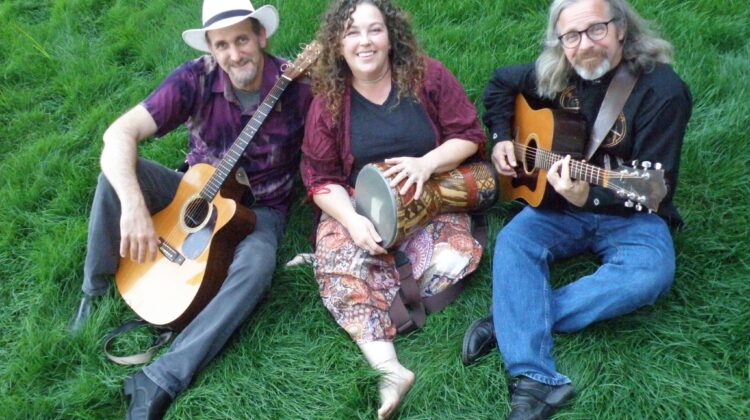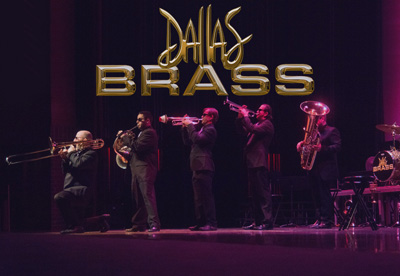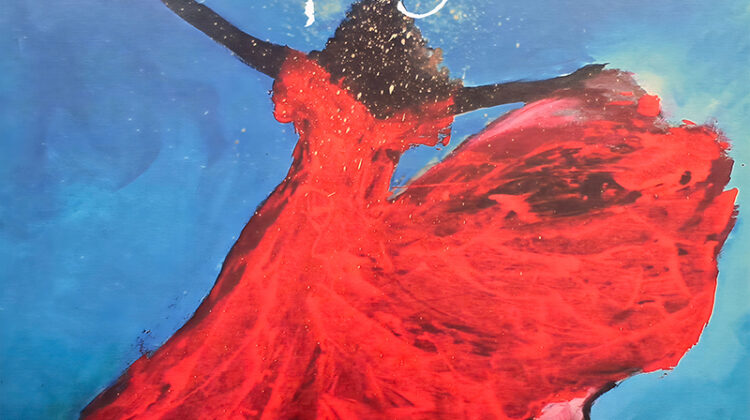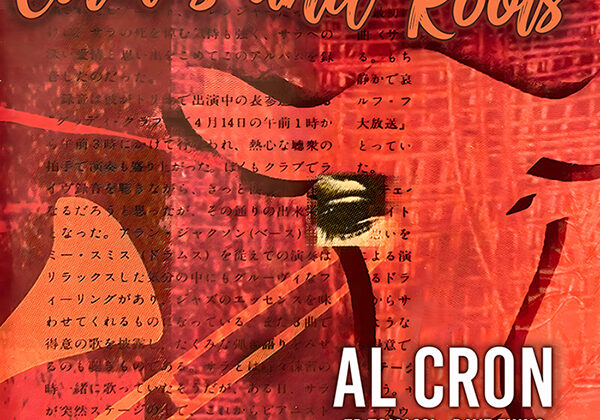D i n o M a s s a K C . c o m is the official Website & Electronic Press Kit (EPK) presenting information about the “Echoes of Europe” Recording Project (ARC-2680).
Echoes of Europe – Kansas City, Missouri, is often abbreviated as KC (abbreviations often refer to the metropolitan area). It is officially nicknamed the City of Fountains; with over 200 fountains, the city claims to have the 2nd-most in the world, just behind Rome.[51] The fountains at Kauffman Stadium, commissioned by original Kansas City Royalsowner Ewing Kauffman, are the largest privately funded fountains in the world.[52] The city has more boulevards than any other city except Paris and has been called Paris of the Plains. Soccer’s popularity, at both professional and youth levels, as well asChildren’s Mercy Park‘s popularity as a home stadium for the U.S. Men’s National Teamhas to the appellation as the Soccer Capital of America. Residents are known as Kansas Citians. The city is sometimes referred to as the Heart of America, as it is near both thepopulation center of the United States and the geographic center of the 48 contiguous states. Source: Wikipedia Article
THE JAZZ TRADITION LIVES ON
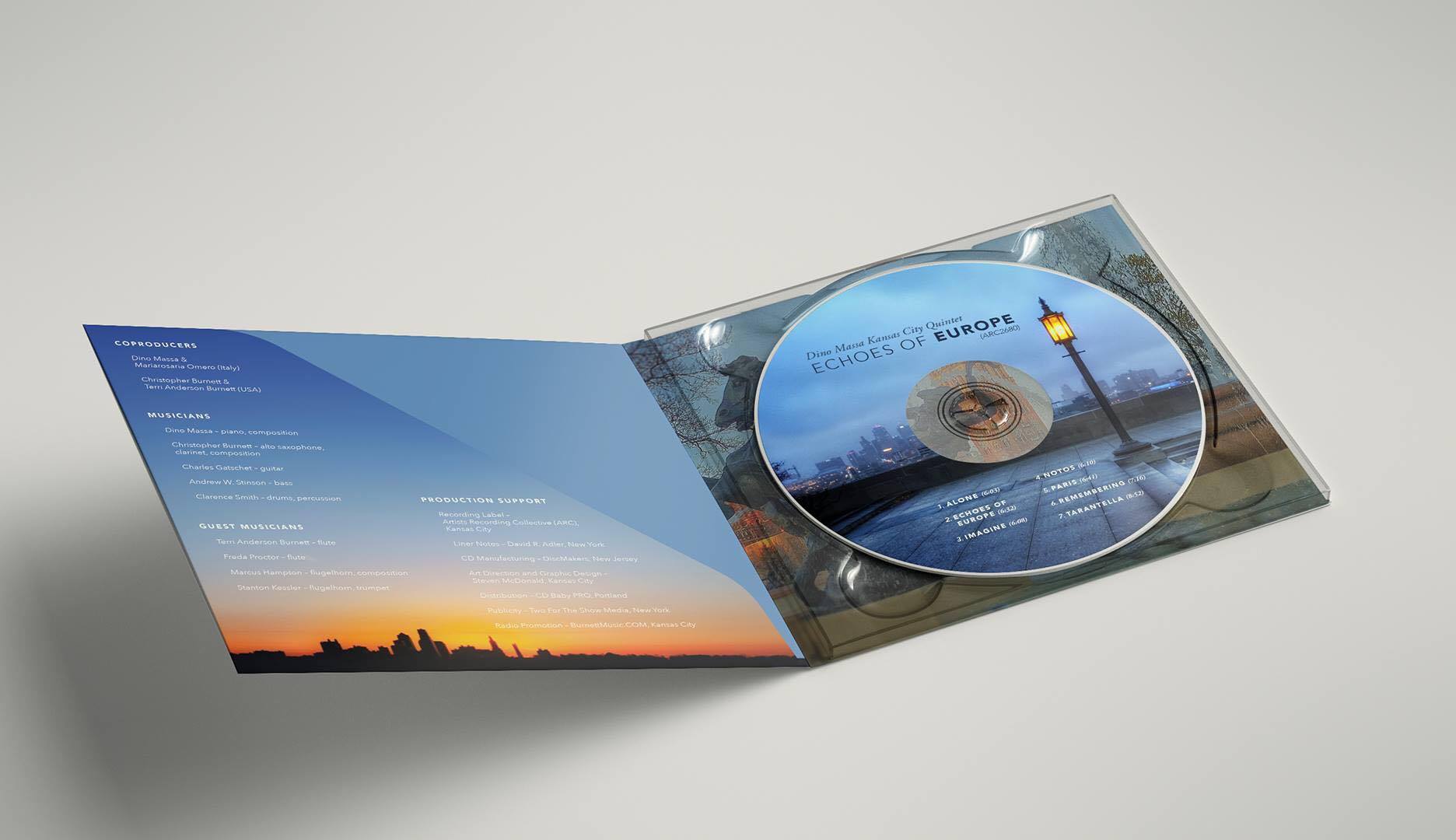 “Echoes of Europe” (ARC2680) available worldwide, January 2, 2017.
“Echoes of Europe” (ARC2680) available worldwide, January 2, 2017.
Kansas City is world renowned for its rich jazz and blues legacy. Jazz in Kansas City was born in the 1920s and continues today in clubs and events held throughout the city. More than 20 area nightclubs feature jazz on a regular basis.
The roots of Kansas City jazz are quite varied. Blues singers of the 1920s and ragtime music greatly influenced the music scene. Settings such as dance halls, cabarets and speakeasies fostered the development of this new musical style. In the early days, many jazz groups were smaller dance bands with three to six pieces. By the mid-1920s, the big band became the most common. Territory bands also had an influential development on jazz. Many great musicians got their start in these bands, traveling up to 1,000 miles between jobs.
While jazz began in the 1920s with a bang, it flourished in the 1930s, mainly as a result of political boss Tom Pendergast. During prohibition, he allowed alcohol to flow in Kansas City. As an entertainment center, Kansas City had no equal during these dry times.
This “wide-open” town image attracted displaced musicians from everywhere in mid-America. Throughout the Depression, Kansas City bands continued to play while other bands across the nation folded. The city was shielded from the worst of the Depression due to an early form of New Deal-style public works projects that provided jobs, and affluence, that kept the dance-oriented nightlife in town swinging.
Only in Kansas City did jazz continue to flourish. At one time, there were more than 100 night clubs, dance halls and vaudeville houses in Kansas City regularly featuring jazz music. Legends like Count Basie, Andy Kirk, Joe Turner, Hot Lips Page and Jay McShann all played in Kansas City. A saxophone player named Charlie Parker began his ascent to fame here in his hometown in the 1930s.
Kansas City’s 12th Street became nationally known for its jazz clubs, gambling parlors and brothels, earning the city the moniker, “The Paris of the Plains.” At its height, 12th Street was home to more than 50 jazz clubs. Just six blocks to the south, jazz also flourished at 18th & Vine, which became nationally respected as the epicenter of the city’s African-American community.
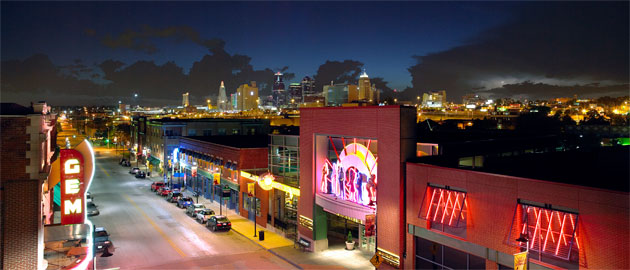 The 18th & Vine Jazz District in Kansas City
The 18th & Vine Jazz District in Kansas City
Another great outcome of Kansas City jazz was the jam session. After performances, musicians would get together to exchange ideas and experiment with new methods of playing. The best local and out of town musicians would take part in these jam sessions that lasted all night and well into the next day.
Many downtown clubs were the scene of jam activity as well as the Mutual Musicians Foundation. This union hall, which still stands today as a National Historic Landmark, remains open on weekends for all-night jam sessions.
The Pendergast political machine collapsed after Tom Pendergast was indicted on tax evasion, reform elements took over and nightclubs and cabarets shut down. Jobs for musicians dried up and the bands took to the road. By 1942, with the turmoil of World War II, many of the musicians had been drafted. Finally, by 1944, the great Kansas City jazz era slowed down, but it didn’t totally die out. Today, jazz still thrives in Kansas City.
In the history of Kansas City music, blues formed the basic vocabulary for KC-style jazz. The blues originated as a rural Black vocal music with a style improvised to the rhythms of work. That early rhythm evolved and gave birth to the blues, and eventually to Kansas City jazz, a kind of blues that jumps with a jazz sound. In fact, the city’s first jazz recording by Bennie Moten in 1923 was “Evil Mama Blues.” Source: VisitKC.com
GREETINGS AND SALUTATIONS
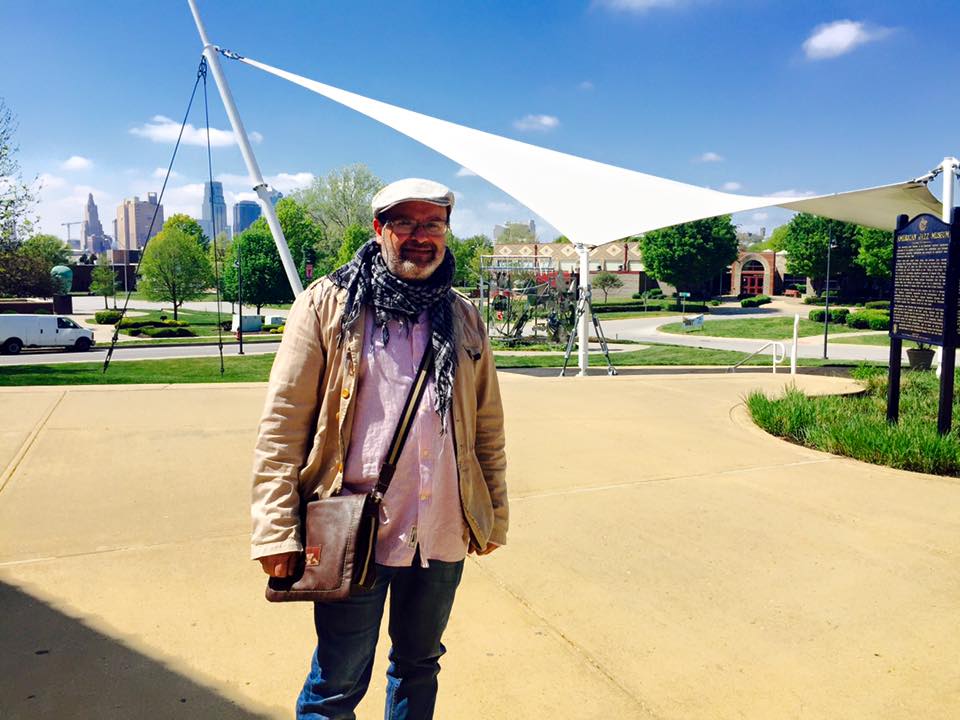 Dino Massa visits the American Jazz Museum (Photo: Christopher Burnett)
Dino Massa visits the American Jazz Museum (Photo: Christopher Burnett)
We first met one another back in 1990 while I was posted with the NATO Jazz Band which was based in the Bagnoli section within the city of Naples, Italy. Dino and I regularly performed jazz gigs in and around the Napoli area when I was not away touring with the NATO Band. We had lots of good times. And, with the advent of Facebook, we reconnected and planned to collaborate again.
- REUNION SUCCESS
Our first collaboration came together in 2015 when Dino travelled to the USA for the purpose of our performing concerts together. We were able to secure dates at the two best jazz venues in Kansas City at that time. And, reception to our music was very positive. We filled both venues (102 people came to our appearance at the famous Blue Room jazz club of the American Jazz Museum, 90 enthusiastic listeners attended our show at the wonderful, but now defunct suburban venue, Take Five Coffee + Bar).
Press coverage included NBC television affiliate station KSHB 41, print media (The Kansas City Star, The Pitch), and Social Media / Blogs (PlasticSax.com)
- RECORDING PROJECT
For 2016, Dino had the idea and desire to come back to Kansas City and record with the core group of musicians we had assembled for his 2015 visit. We both wrote 5 original compositions and arrangements for this project. We centered this visit primarily around rehearsing and recording the music we had written. While developing the plan and upon consultation with our technical studio producer, we realized that we had too much music for one project. As the lead project developer based in Kansas City, I made the decision to focus this recording on Dino’s work (5 compositions), but also include one of my compositions that was written for Dino, along with another composition written for him by Marcus Hampton (a nephew of Locksley “Slide” Hampton and a cousin of Lionel Hampton). We all felt that taking this direction would serve several constructive purposes, while also bringing focus and synergy to all inherent aspects of the production.
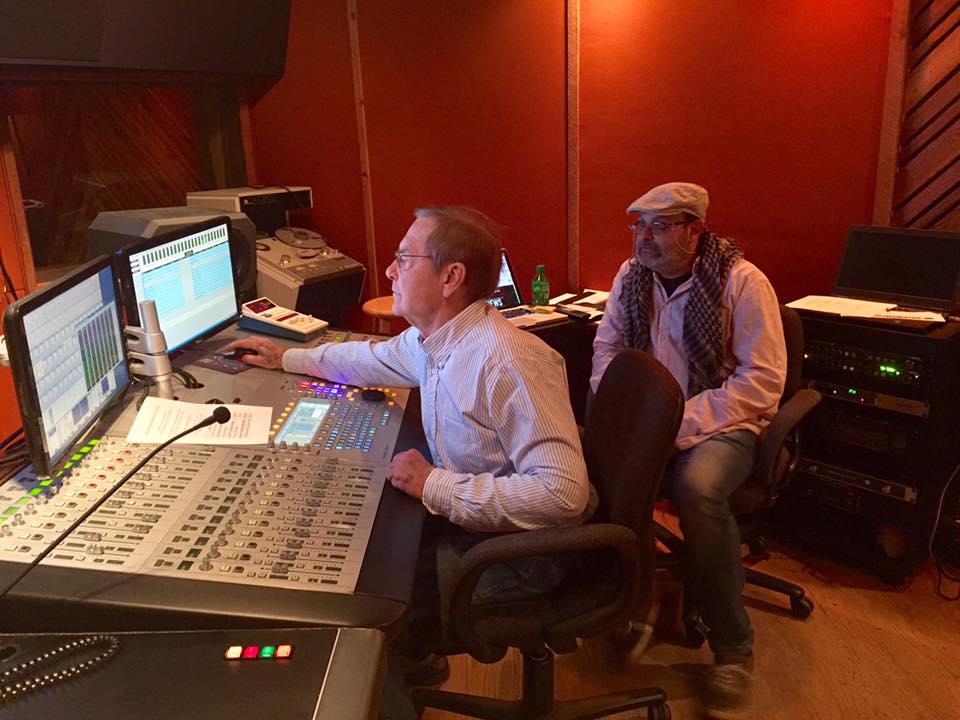 Dino Massa watches Craig Rettmer engineering the second session (Photo: Christopher Burnett)
Dino Massa watches Craig Rettmer engineering the second session (Photo: Christopher Burnett)
See the Business Plan PDF, DinoMassaKC.com website, ARC label blog atArtistsRecordingCollective.biz, and Dino’s EPK PDF for more information.
– Christopher Burnett, Project Lead (Kansas City, USA)
# # #

